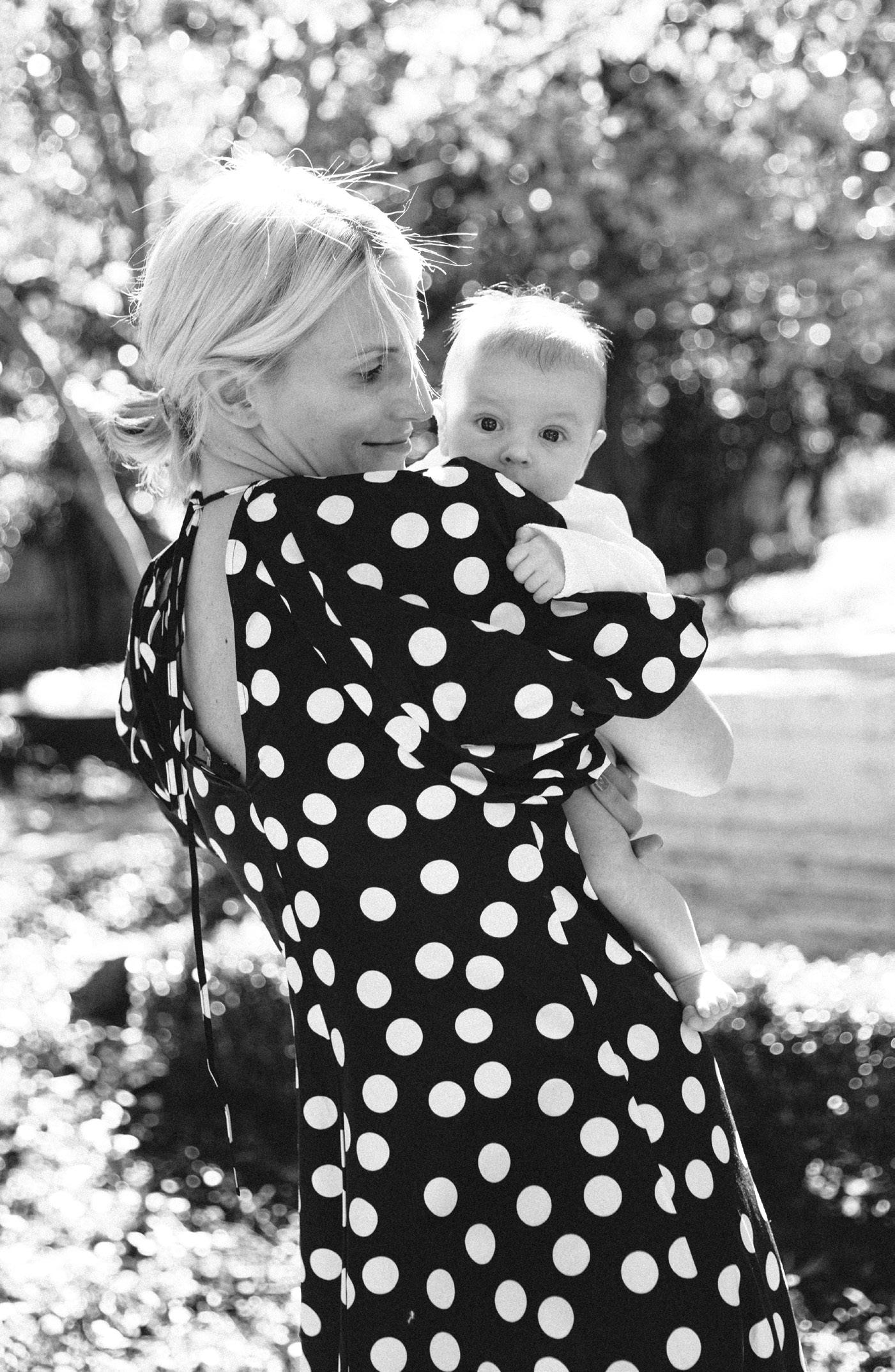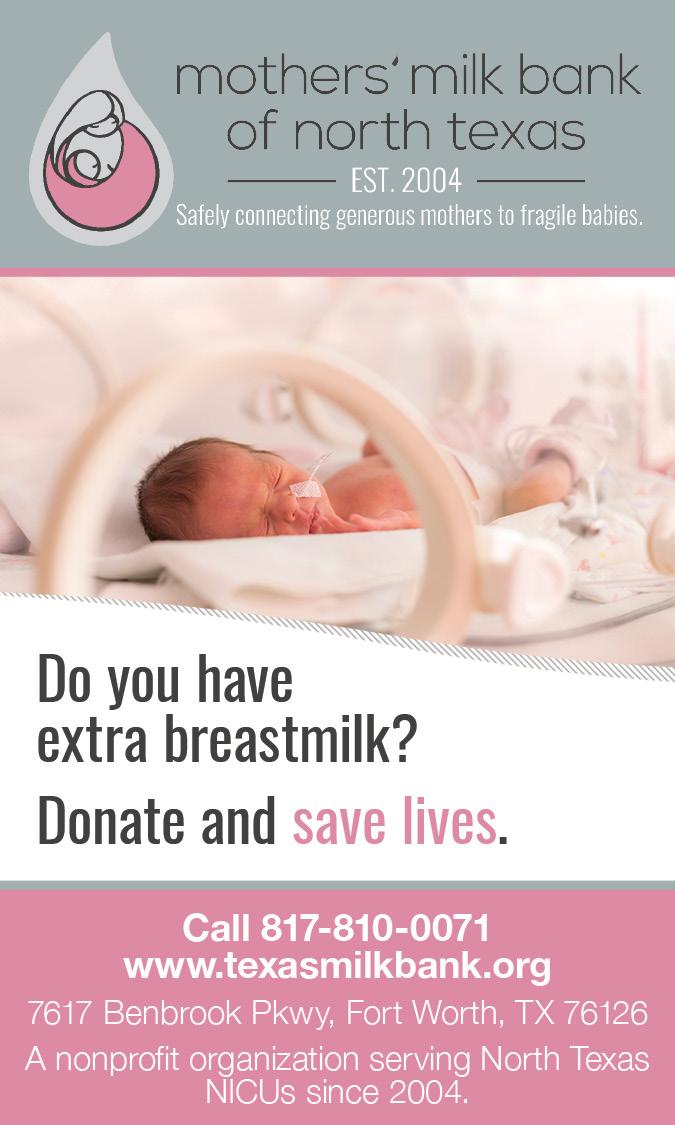pregnancy
WORDS SYDNEY BLALOCK RITCHIE
Breastfeeding: Be Ready hile breastfeeding is completely natural, it’s not always straightforward. So get your gear and get prepared! Here are some of our suggestions to help you be nursing-ready.
NO HARD-AND-FAST RULES
There’s a lot of conflicting information about when you should feed your baby. Is it every two hours? Three? Should you feed on a schedule, or on demand? Local lactation consultant Mellanie Sheppard, with For Babies Sake, says the reality is that it’s impossible to make hard-and-fast rules about breastfeeding—because every mom and baby pair is different. “[There are] general guidelines that you can tweak for your family,” Sheppard explains. “Most newborns eat 10–12 times per day,” and you should expect the intervals between feedings to be erratic, ranging from 30 minutes to three hours. “As babies get older, there may be more predictability,” she says. When they’re first born, babies may require help to wake up for feedings, especially if they’re swaddled. Sheppard notes that after babies have regained birth weight (and are about 2 weeks old), you can begin feeding based on hunger cues. “Feeding babies according to their hunger cues is the best way for your body and your baby to get in sync, to stimulate milk production and to help baby learn their body’s signals for hunger and satisfaction.” LEARN NURSING NUANCES
Cleo Marchese of Natural Beginnings in Richardson 12
baby | 2020
recommends learning the difference between active nursing and nibbling. “When your baby is actively drinking milk, the jaw moves up and down,” says Marchese. “The movement is so strong that the ears twitch and sometimes the forehead moves. Your baby will also make a ‘kaw’ sound when swallowing milk.” GET SUPPORT
In addition to lactation consultants, there are many groups out there that provide breastfeeding support. For example, La Leche League of Texas has groups across the Dallas-Fort Worth area. You can find a meeting close to you at texaslll.org. Check with the hospital where you gave birth or other hospitals for more support group information. Additional hospital perks: Some offer breast pump rentals and supplies as well as lactation support from staff. In certain cases, these hospital benefits are open to all moms— not just those who deliver there. GET GEAR
If you’re planning to exclusively breastfeed, find a good pump. Consider the pump’s weight, noise level, hands-free capability, cleanability and cost. If traveling often, a lightweight pump may be useful. If you’re pumping around others, a quiet pump could be helpful. Want to multi-
task? Grab a hands-free pump. Some new models can even be worn under your shirt. Take care of your nipples—it’s not uncommon for them to get sore, raw and potentially crack. Kara Rosales, another For Babies Sake lactation consultant, recommends soaking your nipples for a minute or two in half a teaspoon of salt with 8 ounces of warm water. She also suggests Motherlove nipple cream (or any nipple cream with calendula in it). For babies who have trouble latching, you might need to get a nipple shield. These flexible, silicone accessories act as an extended nipple and are especially helpful with preemies, or if you have flatter or more inverted nipples. They’re generally considered temporary solutions, so be sure to use nipple shields in consultation with your baby’s pediatrician or your lactation consultant. Finally, bring on the breastfeeding pillow. This will help prop your baby up next to your breast while simultaneously taking the load off your arms (in addition to preventing neck and back strain). These pillows tend to be most helpful before babies gain control of their head and neck. BE PATIENT
Ultimately, realize that breastfeeding is a process. It might not happen smoothly right away, but that doesn’t mean you won’t be successful. Get help if you need it. And whether you nurse through the toddler years or turn to formula, remember that the important thing is a healthy, happy baby. ●
FEEDING: NOUN PROJECT
W
what to know before baby arrives












